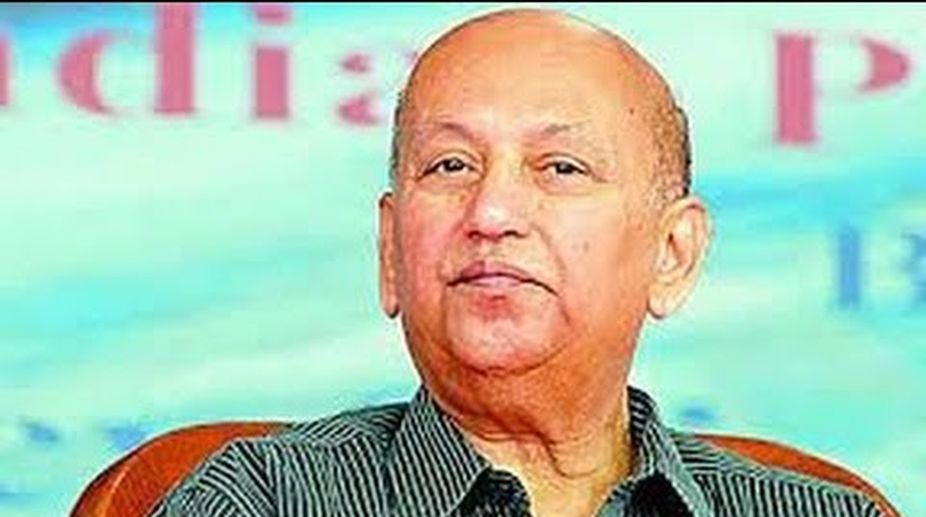Udupi Ramachandra Rao, who passed away here on Monday, was an Indian space scientist par excellence who headed the ISRO for a decade.
Popularly known as U.R. Rao, the 85-year-old was Chairman of the Indian Space Research Organisation (ISRO) from 1984 to 1994, succeeding Satish Dhawan.
Born on March 10, 1932, near Udupi, Rao was Chairman of the Governing Council of the space agency's Physical Research Laboratory (PRL) at Ahmedabad and Chancellor of the Indian Institute of Space Science and Technology at Thiruvananthapuram.
The Indian government early this year conferred the country's second highest civilian award, Padma Vibhushan, on Rao, who was awarded Padma Bhushan in 1976.
Rao was the first Indian to be inducted in May 2016 into the prestigious International Astronautics Federation's (IAF) Hall of Fame at Guadalajara in Mexico.
The Paris-based space advocacy organization was set up in 1951 to promote dialogue and exchange information for space cooperation in the world.
"Rao was also inducted into the 'Satellite Hall of Fame' at Washington in May 2013 by the 'Society of Satellite Professionals International'," an ISRO official said.
After graduation from Madras University and post-graduation from Banaras Hindu University, Rao went to the US in the early 1960s to work in the faculty of MIT (Massachusetts Institute of Technology) at Cambridge in Maryland and as an Assistant Professor at University of Texas in Dallas.
On returning to India in 1966, Rao joined PRL in Ahmedabad as professor under the guidance of Vikram Sarabhai, architect of the Indian space science, and shifted to Bengaluru to work as a space scientist at ISRO's satellite centre in 1972.
"Under Rao's guidance, the first Indian satellite 'Aryabhata' was built in 1975 to use space technology for the country's socio-economic development. On its success, about 20 satellites were developed and launched for various space applications spanning communications, remote sensing and weather under his supervision," an official said.
As a pioneer in space technology development, Rao contributed immensely to the optimal utilization of space assets for satellite-based communications and remote sensing of the country's natural resources.
As ISRO's Chairman and Space Department Secretary since 1984, Rao spurred the development of rocket technology, which led to the launch of ASLV rocket and the operational PSLV launch vehicle to put satellites of 2-tonne class in the earth's polar and geo-stationary orbits.
Rao was instrumental in the development of the geostationary launch vehicle (GSLV) and the development of cryogenic technology in 1991.
Rao published about 350 scientific and technical papers, covering cosmic rays, interplanetary physics, high energy astronomy, space applications and satellite and rocket technology and authored many books.
He was a recipient of the Doctor of Science (D.Sc) degree from 25 universities, including University of Bologna, the oldest university in Europe.











